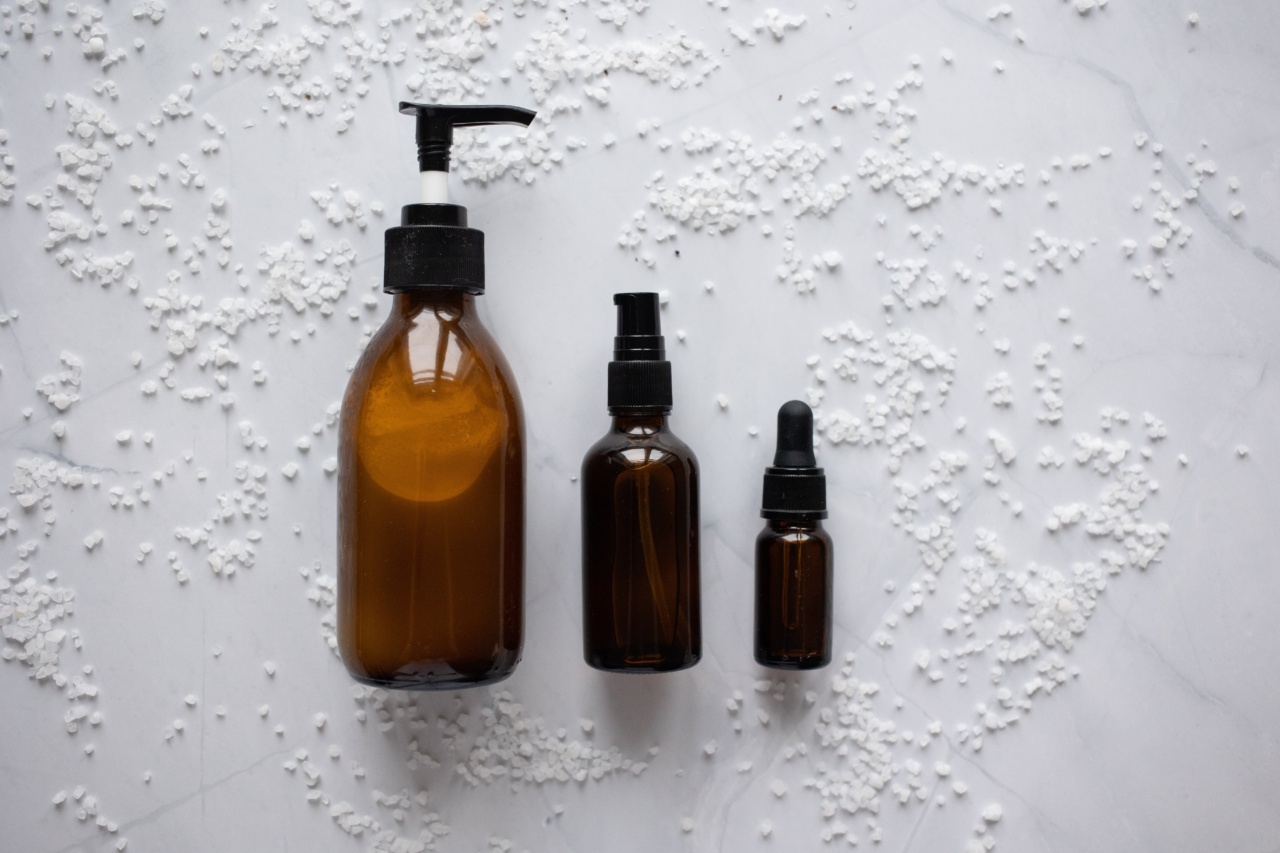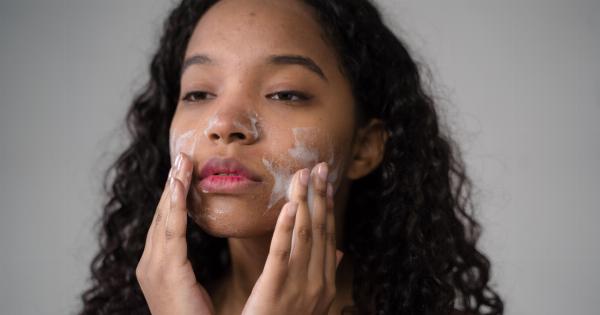Keeping our skin clean and healthy is an essential part of our daily self-care routine. Facial soap plays a crucial role in removing dirt, oil, and pollutants, maintaining the natural balance of our skin.
However, there are times when even our best intentions and efforts can lead to blunders that can harm our skin instead of improving it. Let’s explore some common facial soap blunders and learn how to fix them effectively.
1. Using Soap with Harsh Chemicals
One of the most significant blunders is using facial soap that contains harsh chemicals. These chemicals can strip the natural oils from the skin, leading to dryness, irritation, and even redness.
To fix this, opt for gentle facial soaps that are free from sulfates, parabens, and artificial fragrances. Look for soaps enriched with natural ingredients like aloe vera, jojoba oil, or chamomile, which are known for their soothing properties.
2. Over-Cleansing
Over-cleansing is a common mistake many people make. While it may seem logical to cleanse your face multiple times a day, especially if you have oily skin, over-cleansing can disrupt the natural balance of your skin.
It can lead to excessive dryness, increased oil production, and breakouts. To fix this, limit your cleansing routine to twice a day – once in the morning and once before bed, using a gentle facial soap.
3. Using Hot Water
Another facial soap blunder is using hot water to wash your face. Hot water can strip your skin of its natural oils, leaving it feeling dry and tight. It can also dilate the blood vessels, leading to redness and irritation.
To fix this, cleanse your face with lukewarm water. Lukewarm water effectively removes dirt and grime without damaging your skin’s natural moisture barrier.
4. Ignoring Your Skin Type
Every individual has a unique skin type, and using the wrong facial soap can lead to adverse effects. Whether you have dry, oily, or sensitive skin, it is crucial to choose a soap tailored to your specific needs.
Using a soap that is not suited for your skin type can cause dryness, irritation, and breakouts. To fix this, determine your skin type and select a facial soap that caters to its specific requirements.
5. Not Rinsing Properly
Rinsing off the facial soap thoroughly is as important as choosing the right soap. Leaving residue on your face can clog pores and lead to acne breakouts. It can also cause dryness and dullness.
To fix this, ensure you rinse your face with lukewarm water for at least 30 seconds, making sure there is no trace of soap left behind.
6. Exfoliating Excessively
Over-exfoliating can damage your skin and disrupt its natural balancing mechanism. While exfoliation removes dead skin cells, excessive scrubbing can lead to irritation, redness, and even micro-tears.
To fix this, limit exfoliation to once or twice a week, depending on your skin’s tolerance. Choose a gentle exfoliator with fine granules or opt for chemical exfoliants containing AHAs or BHAs.
7. Using the Same Soap for Face and Body
Your facial skin is more delicate and sensitive compared to the skin on the rest of your body. Using the same soap for both can lead to dryness and irritation on your face.
To fix this, invest in a separate facial soap that is specially formulated for the delicate skin of your face.
8. Not Moisturizing Properly
After cleansing, it is essential to replenish your skin’s moisture barrier by using an appropriate moisturizer. Many people skip this step, which can lead to dryness, flakiness, and premature aging.
To fix this, choose a moisturizer suitable for your skin type and apply it to slightly damp skin to lock in moisture effectively.
9. Skipping Patch Tests
Before incorporating a new facial soap into your routine, it is crucial to perform a patch test to check for any potential allergies or reactions. Skipping this step can lead to unpleasant surprises, such as redness, itching, or even rashes.
To fix this, perform a patch test on a small area of your skin, preferably behind your ear or on your inner arm, and wait for 24 hours to observe any adverse reactions.
10. Not Following Up with Sunscreen
Protecting your skin from the harmful effects of the sun is vital for maintaining its health and youthful appearance. Not applying sunscreen after cleansing can leave your skin vulnerable to sun damage, including sunburns and premature aging.
To fix this, incorporate a broad-spectrum sunscreen with at least SPF 30 into your daily skincare routine, applying it as the last step.






























